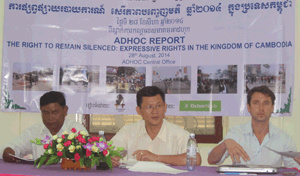On 18 December 1979, the Convention on the Elimination of All Forms of Discrimination against Women was adopted by the United Nations General Assembly. It entered into force as an international treaty on 3 September 1981 after the twentieth country had ratified it. By the tenth anniversary of the Convention in 1989, almost one hundred nations have agreed to be bound by its provisions.
The Convention was the culmination of more than thirty years of work by the United Nations Commission on the Status of Women, a body established in 1946 to monitor the situation of women and to promote women’s rights. The Commission’s work has been instrumental in bringing to light all the areas in which women are denied equality with men. These efforts for the advancement of women have resulted in several declarations and conventions, of which the Convention on the Elimination of All Forms of Discrimination against Women is the central and most comprehensive document.
Among the international human rights treaties, the Convention takes an important place in bringing the female half of humanity into the focus of human rights concerns. The spirit of the Convention is rooted in the goals of the United Nations: to reaffirm faith in fundamental human rights, in the dignity, and worth of the human person, in the equal rights of men and women. The present document spells out the meaning of equality and how it can be achieved. In so doing, the Convention establishes not only an international bill of rights for women, but also an agenda for action by countries to guarantee the enjoyment of those rights.
Click below to read pdf version

